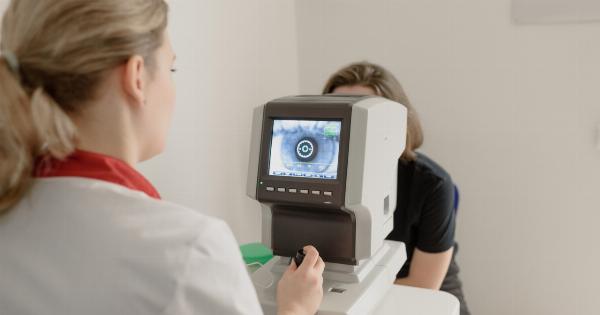Color is an essential aspect of our lives, and it’s essential to see them clearly. However, colorblindness is a common sight disorder that affects millions of individuals worldwide.
Colorblindness is a condition that causes people to have difficulty distinguishing between certain colors, or they may not see any colors at all.
How does color vision work? Why do some people have color vision deficiencies? What’s the difference between colorblindness and color deficiency? Let’s dive into these questions and discover how good your eyes are at distinguishing colors.
How Does Color Vision Work?
Color vision is a complex process that involves our eyes, brains, and nerves. The retina cells in our eyes are responsible for detecting light, and they contain two types of photoreceptor cells: rods and cones.
The cones are responsible for detecting color and work best in well-lit conditions. The cones are also divided into three groups that are sensitive to different colors: red, green, and blue. Our brains process the information from the cones and create the colors we see.
What Causes Colorblindness?
Colorblindness is usually inherited from our parents and is caused by a genetic mutation or a deficiency in the cones’ sensitivity to certain colors. There are three types of colorblindness:.
- Deuteranomaly (difficulty distinguishing between green and red)
- Protanomaly (difficulty distinguishing between blue and red)
- Tritanomaly (difficulty distinguishing between blue and yellow)
The majority of individuals with colorblindness have deuteranomaly. In rare cases, colorblindness can be caused by an injury to the eye, certain medications, or diseases such as diabetes and multiple sclerosis.
What’s the Difference Between Colorblindness and Color Deficiency?
Color deficiency is different from colorblindness. Color deficiency is a milder form of colorblindness that causes individuals to have difficulty distinguishing between different colors but still sees some colors.
On the other hand, colorblindness causes individuals to see no color or very little color.
Colorblind Test
Now that we understand color vision and colorblindness let’s test your eyes. The Ishihara Color Test is the most commonly used test to diagnose colorblindness. The test consists of a series of plates with dots of different colors and sizes.
Within the dots, there’s a number or shape made of contrasting colors that are visible to individuals with normal color vision but not to individuals with colorblindness.
To take the test, you’ll need to sit about 2 feet away from your screen and go through each plate, one by one, and try to identify the number or shape in the dots.
You should cover your right eye with your hand and read the numbers or shapes with your left eye. Then cover your left eye and do the same with your right eye.
If you correctly identify all the numbers or shapes, you have normal color vision. However, if you can’t see some of the numbers or shapes, you may have color vision deficiency or color blindness.
Results
If you correctly identified all the numbers or shapes, congratulations! You have normal color vision. If you missed some numbers or shapes, you may have color vision defects.
However, keep in mind that the Ishihara Color Test is only one way to test for colorblindness and isn’t always accurate. If you suspect you have colorblindness, you should consult an optometrist or ophthalmologist for a comprehensive eye exam.
Conclusion
Color vision is an essential aspect of our daily lives, and being unable to see certain colors can be challenging.
Hopefully, this article has helped you understand how color vision works, what causes colorblindness, and the differences between colorblindness and color deficiency. Now, it’s time to test your eyes and see if you have normal color vision!.





























